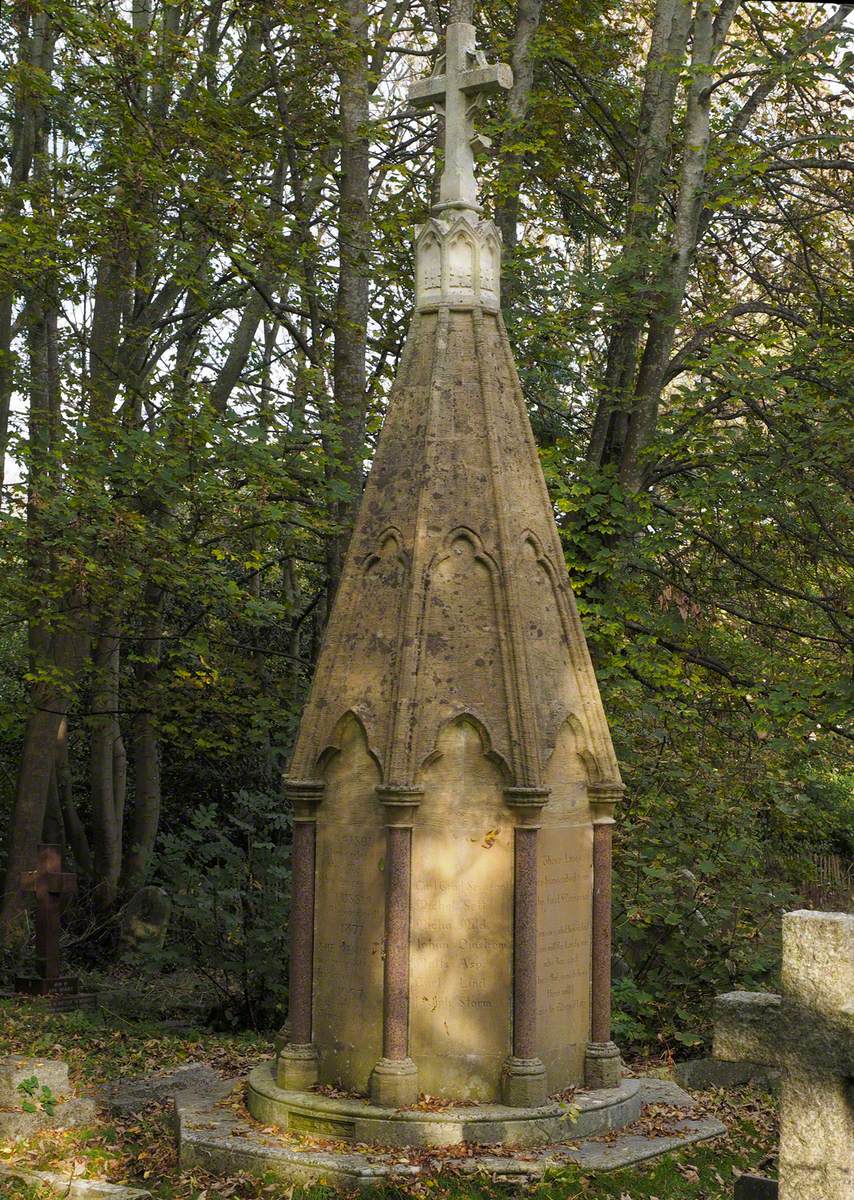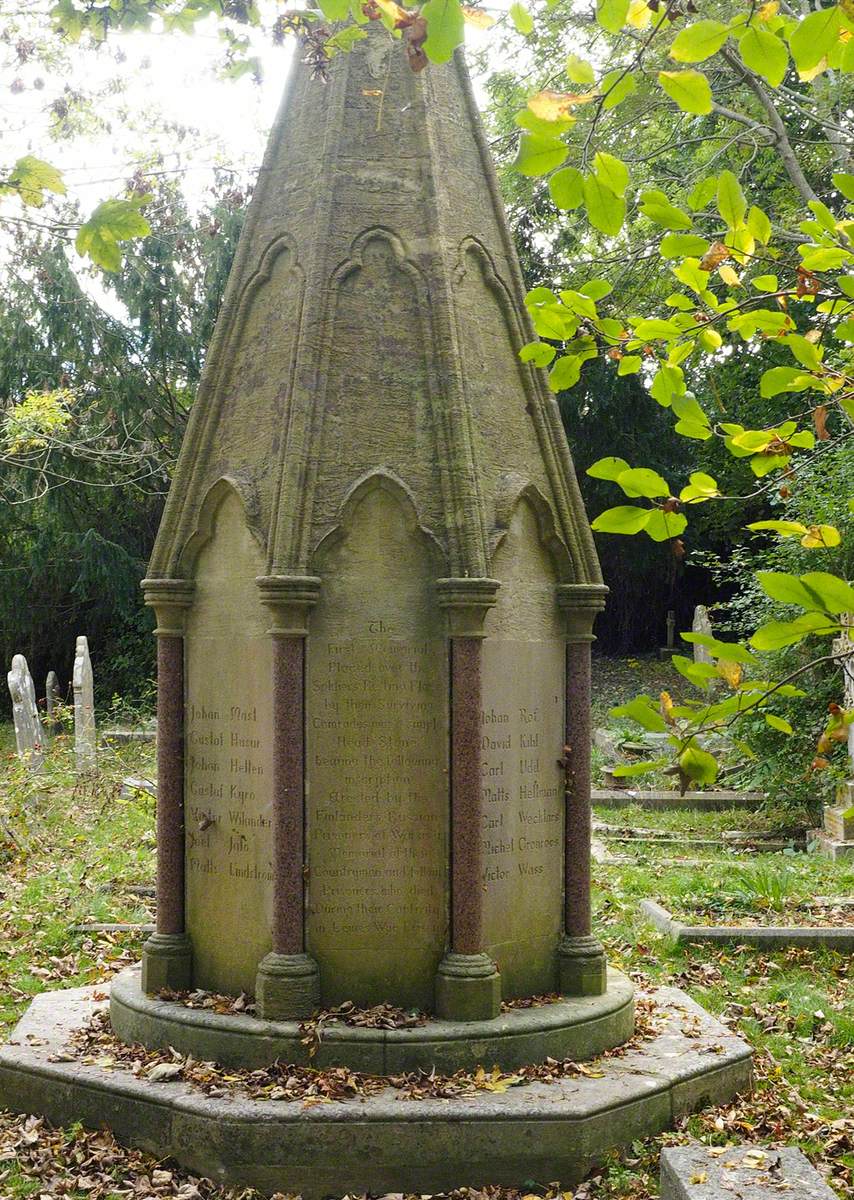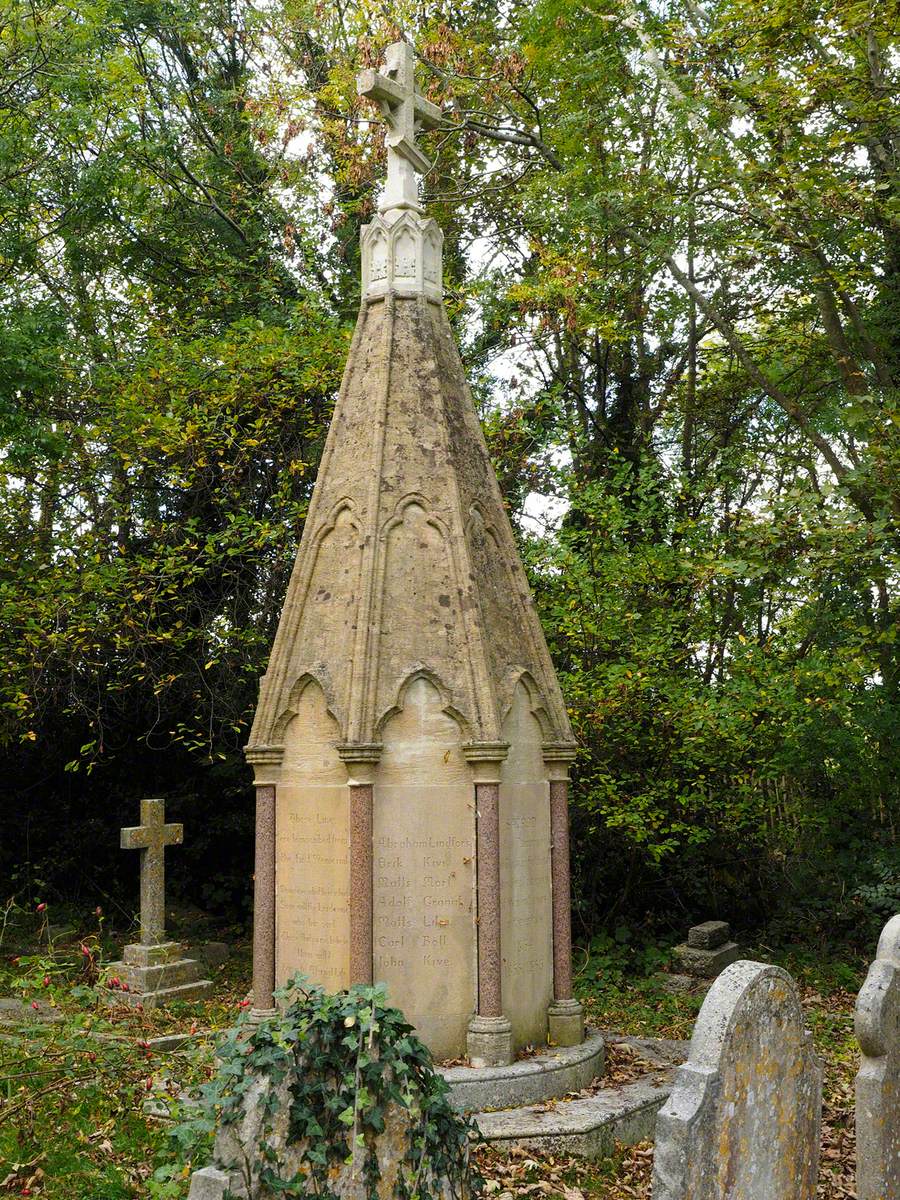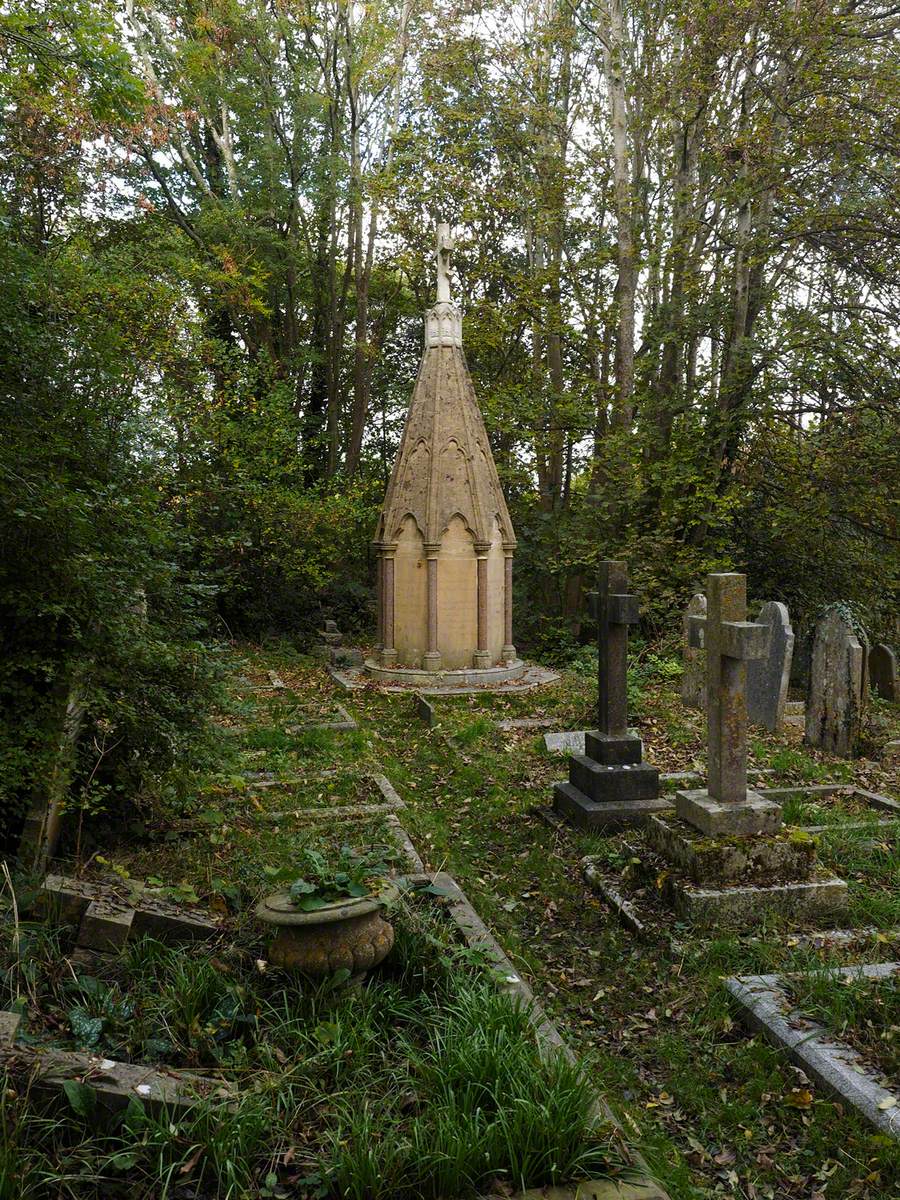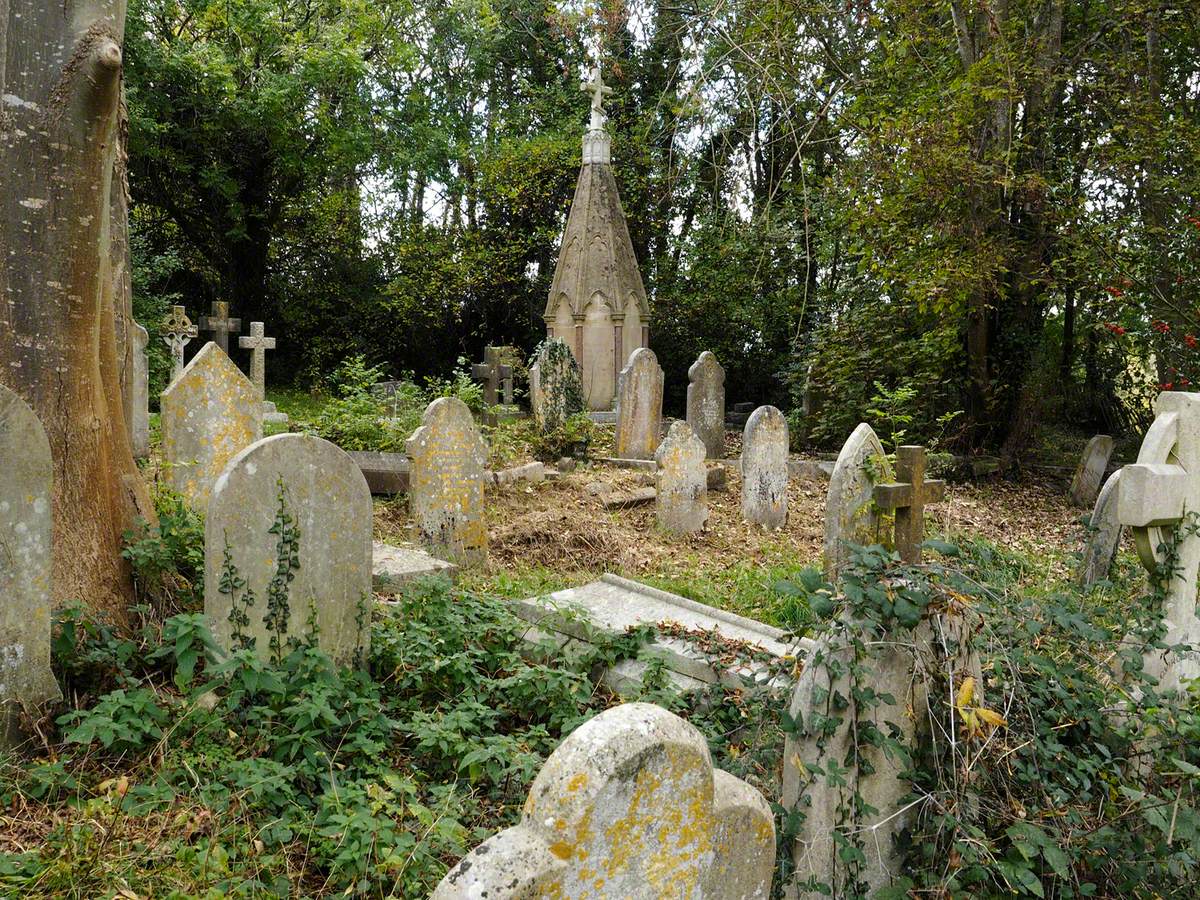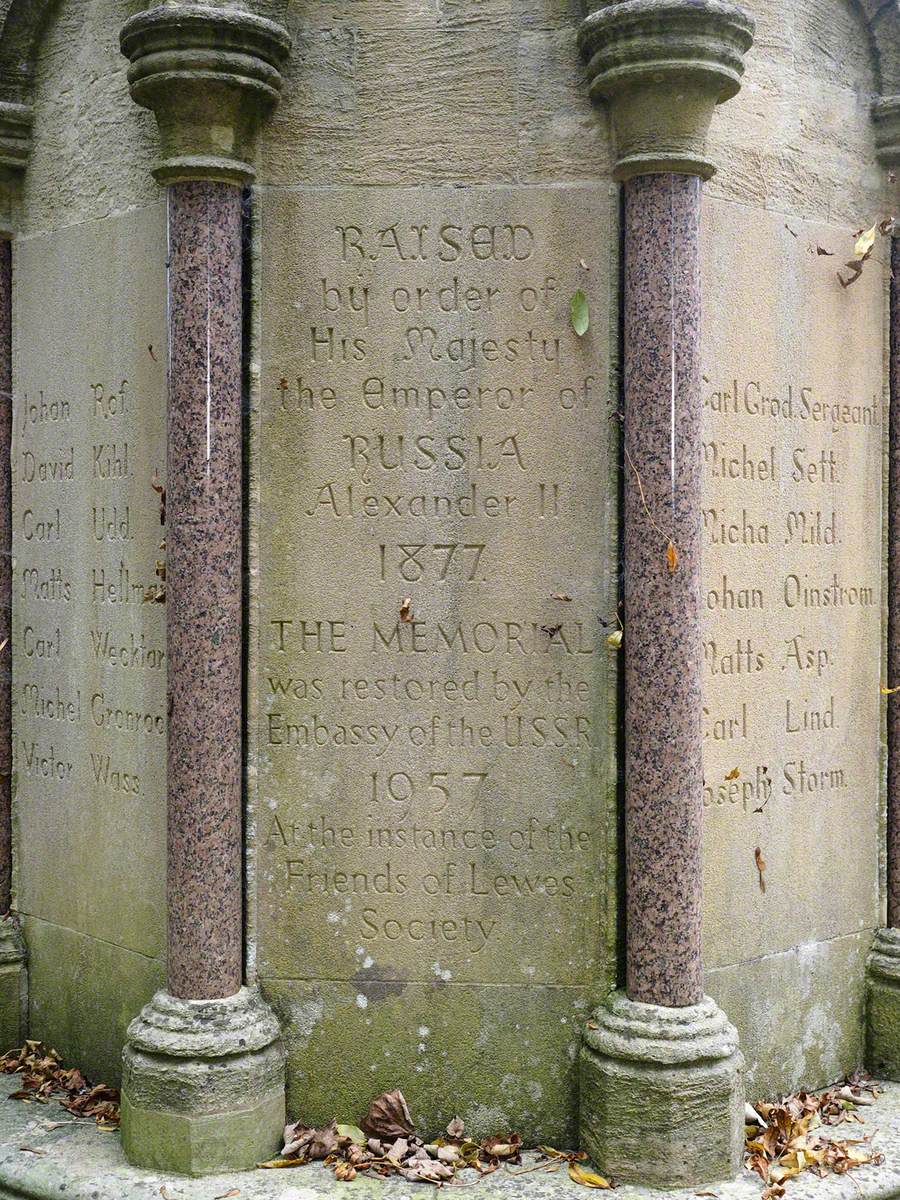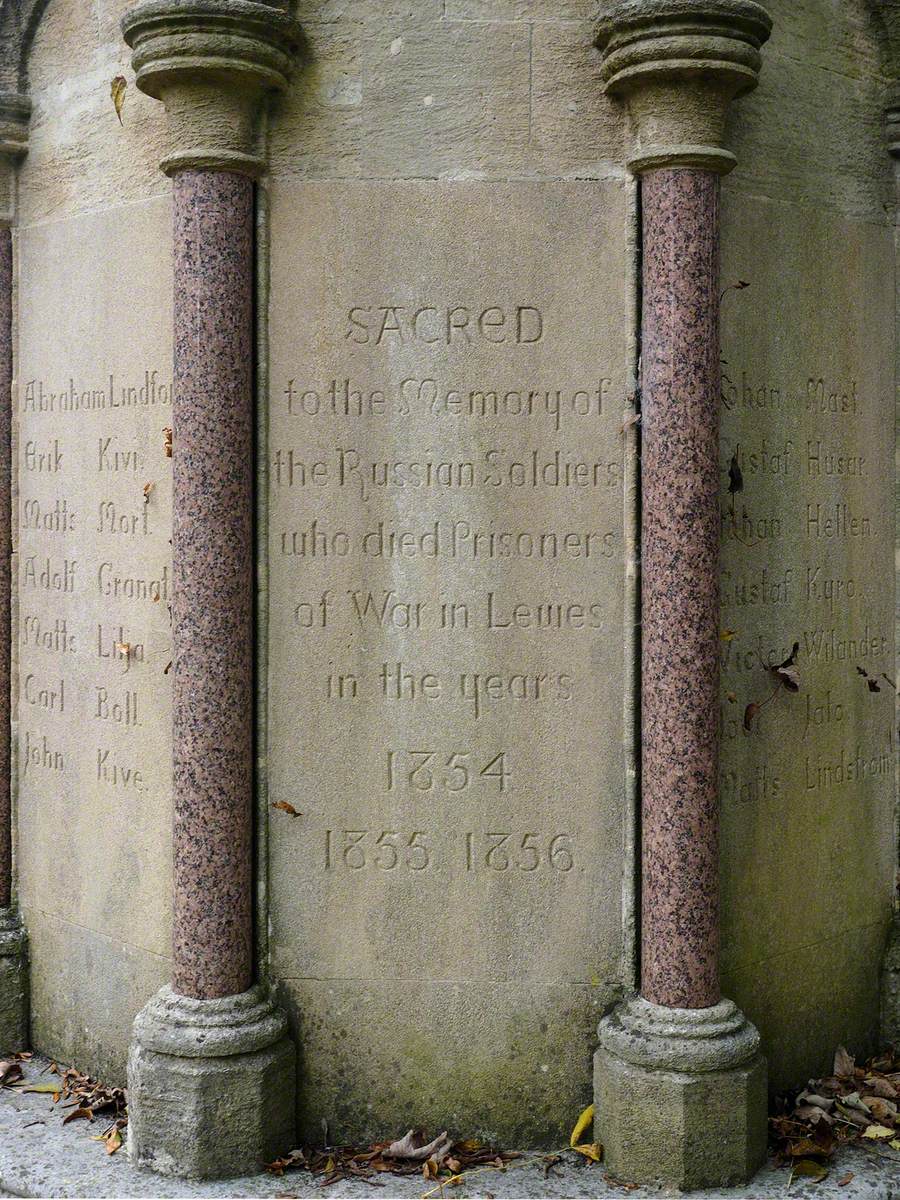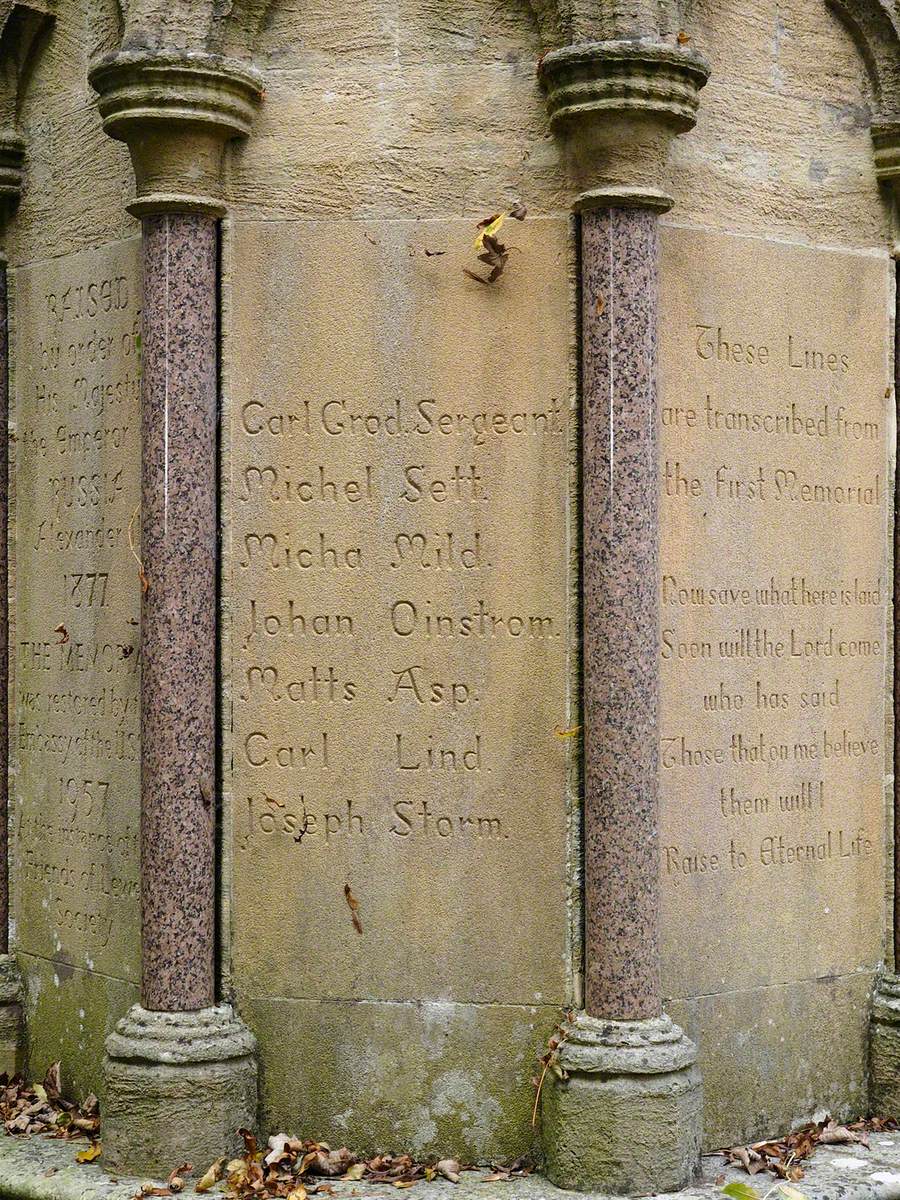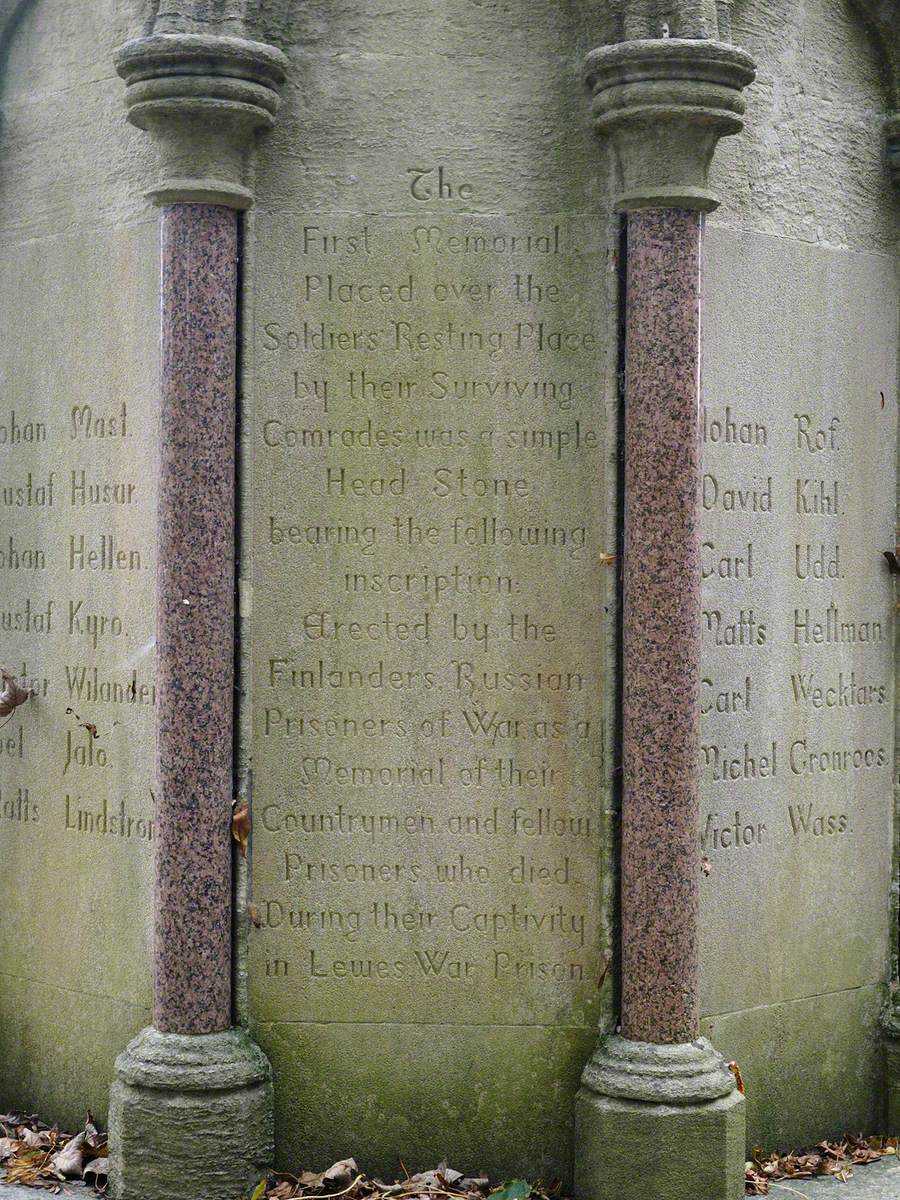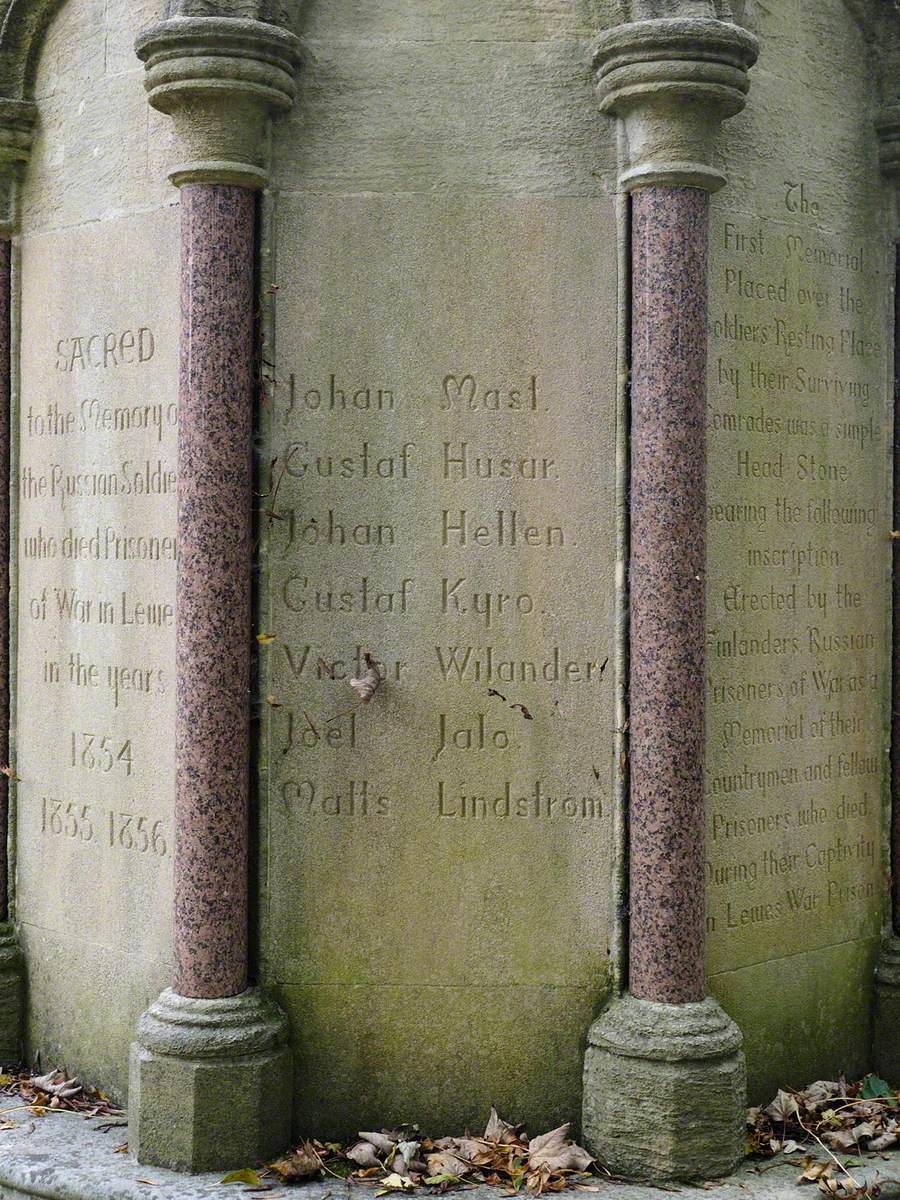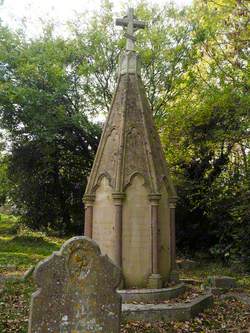How you can use this image
This image is available to be shared and re-used under the terms of the Creative Commons Attribution-NonCommercial licence (CC BY-NC).
This image can be reproduced in any way apart from any commercial uses.
Wherever you reproduce the image or an altered version of it, you must attribute the original creators (acknowledge the original artist(s), the person/organisation that took the photograph of the work) and any other stated rights holders.
Review our guidance pages which explain how you can reuse images, how to credit an image and how to find more images in the public domain or with a Creative Commons licence available.
DownloadNotes
Add or edit a note on this artwork that only you can see. You can find notes again by going to the ‘Notes’ section of your account.
Title
Monument to Russian Prisoners of War (Tzar's Obelisk)
Date
1877
Medium
stone & red granite
Measurements
H 425 x W 155 x D 155 cm;
Plinth: H 46 x W 250 x D 250 cm
Accession number
BN7_AL_S005
Acquisition method
commissioned by Emperor of Russia, Alexander II
Work type
Obelisk
Owner
Church of St John Sub Castro
Custodian
Church of St John Sub Castro
Work status
extant
Listing status
Grade II (England and Wales)
Listing date
29/10/85
Access
at all times
Inscription description
east face, carved letters: SACRED to the Memory of the Russian Soldiers who died Prisoners of War in Lewes in the years 1854 1855 1856; west face, carved letters: RAISED by order of His Majesty the Emperor of Russia Alexander II 1877 THE MEMORIAL was restored by the Embassy of the USSR 1957 At the instance of the Friends of Lewes Society; south face, carved letters: These Lines are transcribed from the first Memorial / Now save what here is laid / Soon will the Lord come / who has said / Those that on me believe / them will / Raise to Eternal life; north face, carved letters, severely weather-worn: The First Memorial Placed over the Soldiers Remains (?) by their Surviving Comrades was a simple Head Stone bearing the following inscription (unintelligible); the other four sides contain the names of the Russian soldiers



